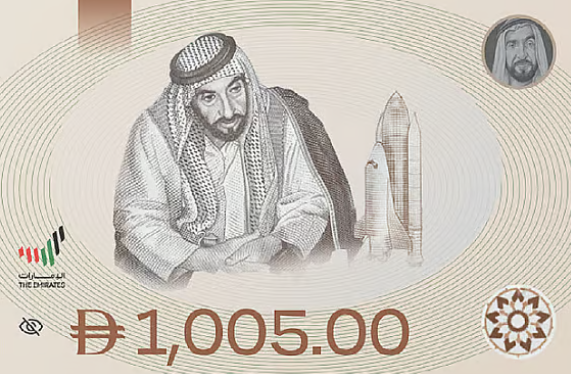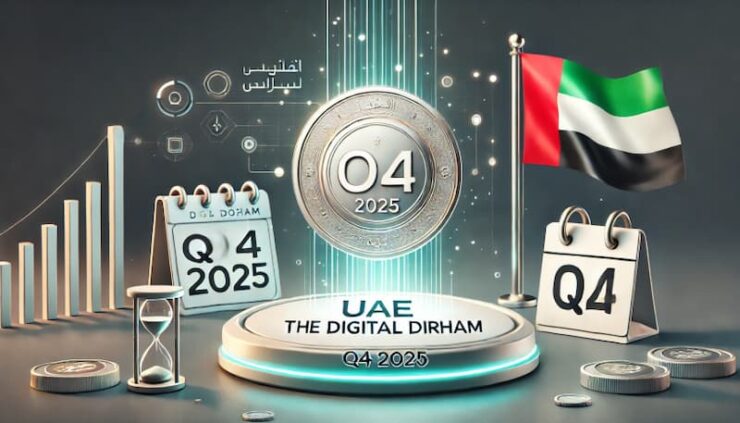The United Arab Emirates is preparing to launch its long-awaited Digital Dirham in the fourth quarter of 2025, marking a significant step forward in the country’s vision to lead in blockchain-powered financial innovation. The announcement was made by Central Bank of the UAE (CBUAE) Governor Khaled Mohamed Balama, as reported by Khaleej Times.
Balama emphasized that the digital currency will enhance financial stability, improve cross-border accessibility, and play a critical role in reducing financial crime.
“The Digital Dirham will enable the development of innovative digital products, services, and new business models while reducing costs and increasing access to international markets,” he said.
The digital dirham will be accepted alongside its physical counterpart across all payment channels. It is expected to significantly expand the reach of the dirham into international markets and digital-first platforms, positioning the UAE as a leader in CBDC deployment.

In line with the rollout, the currency has been rebranded with a new international symbol: the first letter of the word “dirham,” flanked by two horizontal lines, a design inspired by the UAE national flag and symbolizing stability.
From Stablecoin Regulation to CBDC
The 2025 launch follows key regulatory developments. In June 2024, the CBUAE approved a licensing framework for stablecoins, clarifying issuance, licensing, and oversight for payment tokens backed by the dirham.
That regulatory clarity sparked a surge in stablecoin projects:
- Tether announced a dirham-backed stablecoin, developed in partnership with Phoenix Group and Green Acorn Investments.
- In October 2024, AED Stablecoin received in-principle approval to issue a regulated dirham-pegged stablecoin.
- By November, The Open Network (TON) confirmed it would host Tether’s dirham stablecoin on its blockchain.
These developments reflect a broader national strategy to embrace tokenized assets and create a more secure, transparent digital economy.
The UAE’s commitment to stablecoins isn’t limited to its native currency. In February 2025, the Dubai Financial Services Authority (DFSA) officially recognized Circle’s USDC and EURC stablecoins under its crypto token regime for use in the Dubai International Financial Centre (DIFC).
Meanwhile, Ripple has confirmed it is closely monitoring the UAE’s regulatory environment and has made its RLUSD stablecoin available in the country.
Final Thoughts
With a defined launch timeline, regulatory clarity, and growing private-sector collaboration, the UAE is positioning itself as a global leader in digital currency infrastructure. The Digital Dirham, now symbolically refreshed, could soon become a model for how nations blend traditional trust with next-generation technology.





